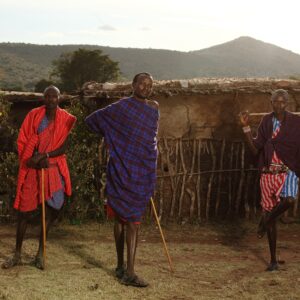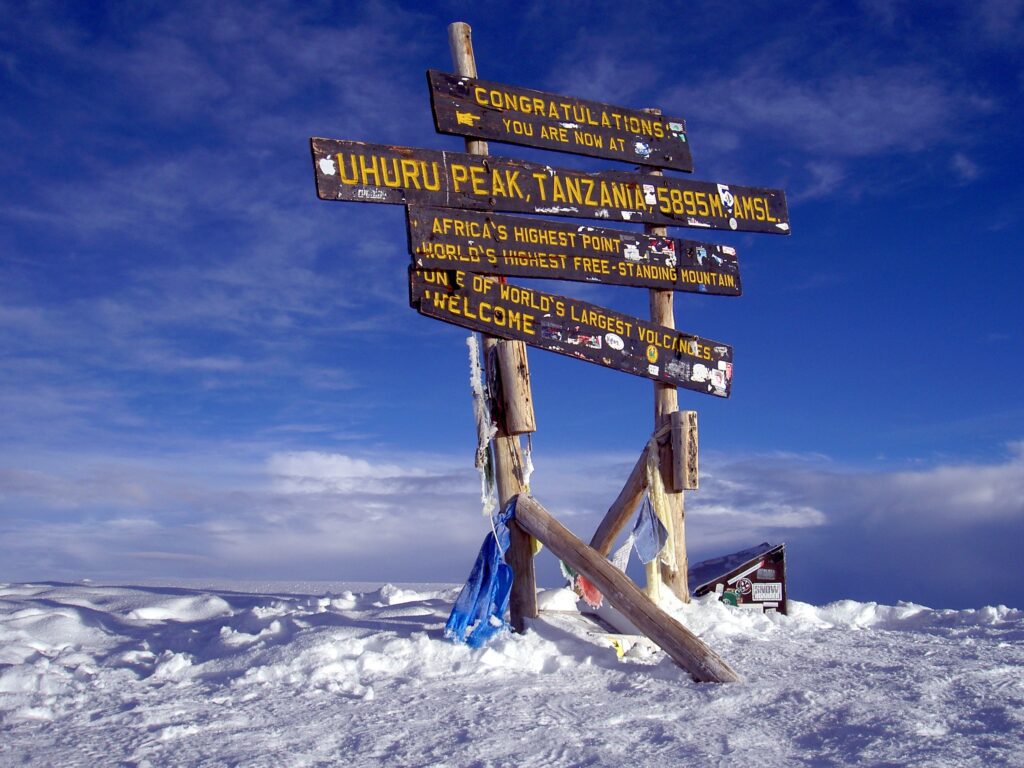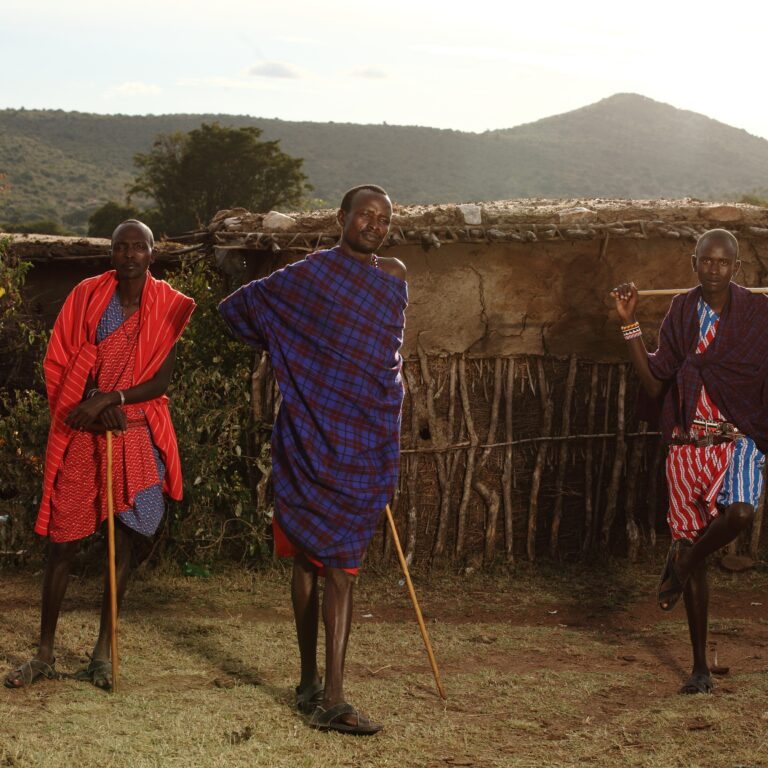Mountains have always been a symbol of human determination, courage, and resilience. However, some peaks challenge even the most experienced mountain climbing for climbers, earning reputations as the most dangerous mountains on Earth. With extreme weather, technical difficulties, and high fatality rates, these treacherous summits continue to attract adventurers despite their deadly risks. The top 10 most dangerous mountains to climb, based on factors like fatality rates, challenging terrain, and unpredictable weather, include Annapurna I, K2, and Nanga Parbat, as well as other formidable peaks like Kangchenjunga, Dhaulagiri I, Makalu, Gasherbrum I, Manaslu, and Broad Peak. These mountains pose extreme risks due to altitude, technical difficulty, avalanches, and unforgiving conditions, with Annapurna I often cited as having the highest fatality rate. Here are the top 10 most dangerous mountains to climb.
1. Annapurna I (8,091 meters, Nepal)
Annapurna I is renowned for its breathtaking beauty but equally infamous for its peril. This Himalayan giant holds the highest fatality-to-summit ratio among the world’s 8,000-meter peaks.
Why It’s Dangerous: Climbers face steep, avalanche-prone slopes and unpredictable weather. The south face is particularly treacherous, with ice and rockfalls frequently endangering those attempting to scale it.
Fatality Rate: Approximately 32% of hikers attempting Annapurna I have perished.
Notable Tragedy: In 2014, an unexpected blizzard triggered avalanches, killing 43 trekkers and hikers in the Annapurna region.
2. K2 (8,611 meters, Pakistan/China)
Known as the “Savage Mountain,” K2 is the second-highest peak on Earth and one of the most difficult climbs. Its combination of technical routes, severe weather, and isolation makes it a deadly challenge.
Why It’s Dangerous: The summit is often shrouded in unpredictable storms. The Bottleneck, a narrow couloir near the summit, is especially hazardous due to overhanging ice seracs that can collapse without warning.
Fatality Rate: Around 21% of those who attempt K2 never return.
Notable Tragedy: In 2008, 11 hikers lost their lives when an icefall in the Bottleneck stranded multiple teams.
3. Nanga Parbat (8,126 meters, Pakistan)
Dubbed the “Killer Mountain,” Nanga Parbat lives up to its menacing name. With its sheer faces and challenging ascent routes, it remains one of the most perilous mountains in the Himalayas.
Why It’s Dangerous: Climbers must contend with the immense Rupal Face, the tallest rock wall in the world. Weather conditions are unpredictable, and the mountain’s remoteness complicates rescue efforts.
Fatality Rate: About 22%. Notable Tragedy: In 1970, Günther Messner tragically perished during an expedition with his brother, Reinhold Messner.
4. Mount Everest (8,849 meters, Nepal/China)
While Mount Everest may be the world’s tallest peak, it is also one of the most dangerous, claiming over 300 lives since hikers first began ascending it.
Why It’s Dangerous: The “Death Zone” above 8,000 meters poses severe risks, including oxygen deprivation, frostbite, and altitude sickness. Traffic jams near the summit have compounded the danger in recent years.
Fatality Rate: Approximately 3%, but the high volume of hikers amplifies the total number of deaths.
Notable Tragedy: The 1996 Everest disaster claimed eight lives in a single day, inspiring the bestselling book Into Thin Air.
5. Kangchenjunga (8,586 meters, Nepal/India)
As the third-highest mountain on Earth, Kangchenjunga is sacred to locals and fearsome to hikers. Most Dangerous Mountains to Climb. Its treacherous conditions have earned it a notorious reputation.
Why It’s Dangerous: Severe avalanches and unpredictable weather make climbing Kangchenjunga a gamble. Its remote location means that any medical emergencies are almost certainly fatal.
Fatality Rate: Around 20%. Notable Tragedy: Five hikers perished in 2013 during a descent after summiting, succumbing to altitude sickness and exhaustion.
6. The Eiger (3,967 meters, Switzerland)
The Eiger’s infamous north face, known as the “Mordwand” or “Murder Wall,” has been a graveyard for hikers since its first attempted ascent in the 1930s.
Why It’s Dangerous: Climbers face extreme exposure to falling rocks and ice. The steep, nearly vertical face also provides little opportunity for rest, increasing the risk of exhaustion.
Fatality Rate: Hundreds of hikers have died attempting to conquer the north face.
Notable Tragedy: In 1936, four hikers perished in one of the earliest and most harrowing attempts to scale the north face.
7. Mount Denali (6,190 meters, USA)
North America’s tallest peak, Denali, poses a unique set of challenges due to its harsh climate and remote location.
Why It’s Dangerous: Temperatures can plummet to -40°C (-40°F), and hikers must navigate crevasse-laden glaciers. Most Dangerous Mountains to Climb. The mountain’s isolation makes rescue operations difficult.
Fatality Rate: Approximately 5%. Notable Tragedy: In 1967, a deadly storm killed seven members of the Wilcox Expedition.
8. Mont Blanc (4,809 meters, France/Italy)
Mont Blanc may seem approachable compared to the giants of the Himalayas, but its accessibility makes it deceptively dangerous.
Why It’s Dangerous: Avalanches, rockfalls, and sudden weather changes have claimed thousands of lives. The mountain attracts many inexperienced hikers, adding to the casualty count.
Fatality Rate: Over 6,000 deaths recorded since the 18th century. Notable Tragedy: In 1999, a massive avalanche buried an entire group of skiers, underscoring the mountain’s unpredictable nature.
9. Dhaulagiri (8,167 meters, Nepal)
Dhaulagiri’s sheer beauty belies its extreme dangers. Most Dangerous Mountains to Climb. It is the seventh-highest mountain in the world and among the most difficult to summit.
Why It’s Dangerous: Climbers face avalanches, high winds, and treacherous snow conditions. The mountain’s isolation adds another layer of peril.
Fatality Rate: Around 16%. Notable Tragedy: In 1969, an avalanche killed seven climbers, highlighting the inherent risks of this peak.
10. Matterhorn (4,478 meters, Switzerland/Italy)
The Matterhorn’s striking pyramid shape makes it one of the most iconic peaks in the world, but it is also one of the most dangerous.
Why It’s Dangerous: Climbers must navigate sharp ridges, loose rocks, and frequent storms. Its popularity means that accidents are common due to overcrowding and inexperience.
Fatality Rate: Over 500 climbers have lost their lives since the first ascent in 1865. Notable Tragedy: The first ascent ended in tragedy when four members of the team fell to their deaths during the descent.
The Thrill and the Risk
What drives hikers to attempt these perilous peaks? For many, it is the challenge of conquering nature’s ultimate tests, the Most Dangerous Mountains to Climb. Others seek the breathtaking views and the sense of achievement that comes with reaching the summit. Yet these mountains demand respect; even the most experienced hikers can fall victim to their unpredictable dangers.
Lessons for Climbers:
Preparation Is Key: Adequate training, proper equipment, and mental readiness are essential.
Respect the Weather: Monitoring forecasts and being prepared to turn back can save lives.
Know Your Limits: Pushing past physical or mental thresholds can lead to fatal mistakes.
Climbing these mountains is a testament to human resilience, but the risks are as high as the peaks themselves. These dangerous summits remind us of the raw power of nature and the fine line between triumph and tragedy. For those daring enough to attempt them, the journey is as much about survival as it is about getting to the top.
Factors that make mountains dangerous include:
Elevation
Challenging climbing faces
Probability of avalanches
Altitude sickness
Hypothermia
Hypoxia
Unpredictable weather conditions
How many mountains have a death zone?
This is usually above 8,000 metres (26,247 feet). Fourteen mountains have peaks that are in the death zone; Those mountains are in Asia, and they are part of the Himalaya and Karakoram.








